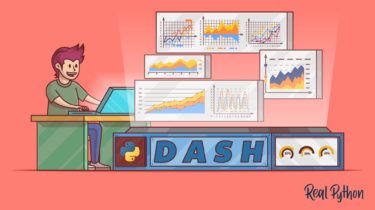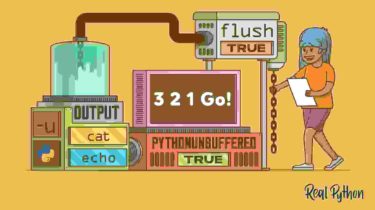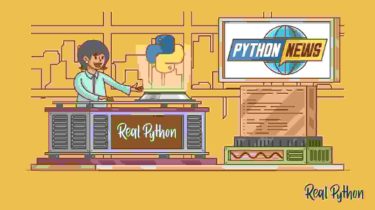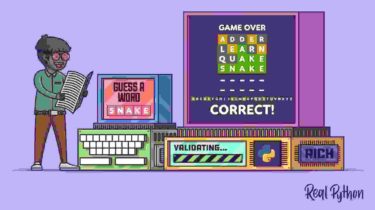Develop Data Visualization Interfaces in Python With Dash
# app.py import pandas as pd from dash import Dash, Input, Output, dcc, html data = ( pd.read_csv(“avocado.csv”) .assign(Date=lambda data: pd.to_datetime(data[“Date”], format=”%Y-%m-%d”)) .sort_values(by=”Date”) ) regions = data[“region”].sort_values().unique() avocado_types = data[“type”].sort_values().unique() external_stylesheets = [ { “href”
Read more



